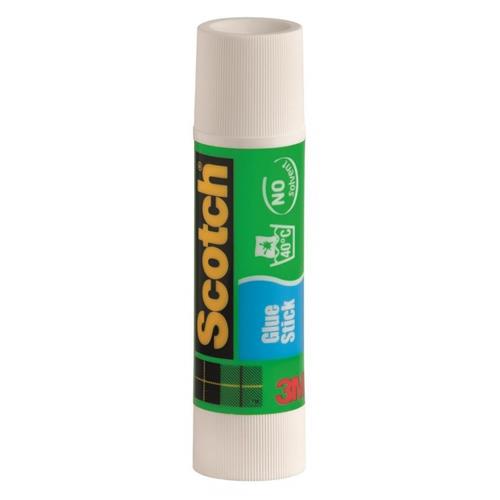Mala tempora currunt, if two distinguished protagonists of our country’s political scene have nothing better to do than to argue about the accuracy of the term Plexiglass rather than Plexiglas®.
Of course, we care little about the quarrel in question (nor about who – specifically – was right between the two strong-willed contenders), but the discussion gives us the cue to talk about one of our Law Firm‘s leading services, the evaluation of the distinctive strength of trademarks and their design.
PLEXIGLASS OR PLEXIGLAS®?
Let’s say right away that Plexiglas®, a trademark first registered in Germany by Röhm GmbH, Darmstadt, in 1933 (No. 461639), is the correct one to mark a thermosetting resin (polymethyl methacrylate, to be precise) in a commercial context.
It must also be said that, in everyday use, the term plexiglass has also begun to spread, but the two terms are absolutely confusing and interfering, especially since glass in English means glass and glas in German means… glass! On a theoretical legal level, therefore, the registration of Plexiglas® also covers Plexiglass.
To be extremely clear and to make an analogy that lifts any doubt, 3M® – owner of the trademark Scotch® – could certainly sue its competitors who might possibly have the ‘brilliant’ idea of calling their adhesive tape Scotc.
Similarly, bticino® – owner of the trademark salvavita® – could sue any competitors who decided to call their residual current circuit breakers salvavite.
So why all the fuss about the amount of “s”, even by insiders?
THE SO-CALLED ‘VULGARISATION’ OF THE TRADEMARK
Trademark vulgarisation is a fascinating phenomenon, albeit – at least in certain cases – paradoxical. It occurs when a trademark, despite the will of its owner, becomes the generic name of a product/service (or a category of products/services); examples: Premaman, declared vulgar by the Court of Cassation (sentence no. 6180/1984), or moka, biro, nylon and many more.
Why do we speak of a sometimes paradoxical phenomenon? Because vulgarisation is likely to occur not only when a sign is not distinctive right from its conception (cf. salvavita® to mark devices that… save lives), but also when – precisely by virtue of its success and diffusion! – in the perception of consumers it inevitably becomes the common name of the marked product/service.
Otherwise, a great commercial success can also turn into a disaster for one’s trademark portfolio.
CAN VULGARISATION BE AVOIDED?
By acting promptly, the owner of a trademark can certainly avoid vulgarisation, although action must be taken before the damage is done and with targeted and effective action (and, to this end, relying on capable consultants can certainly be a good idea).
3M®, for example, in a desperate attempt to avoid the vulgarisation of the Scotch® trademark, is also beginning to use it to mark tubes of glue, and not just the infamous adhesive tape.

The US multinational then demanded that dictionaries indicate that the term is, in fact, a trademark.
Returning to plexiglass/plexiglas®, it is my opinion that the trademark has now become vulgarised, and it will certainly not be by arguing over the number of ‘s’ that a residual margin of distinctiveness can be carved out for the benefit of the sign.
What is certain is that this kind of problem would be better spared, and – in this sense – the advice can only be to seek advice from competent people.





